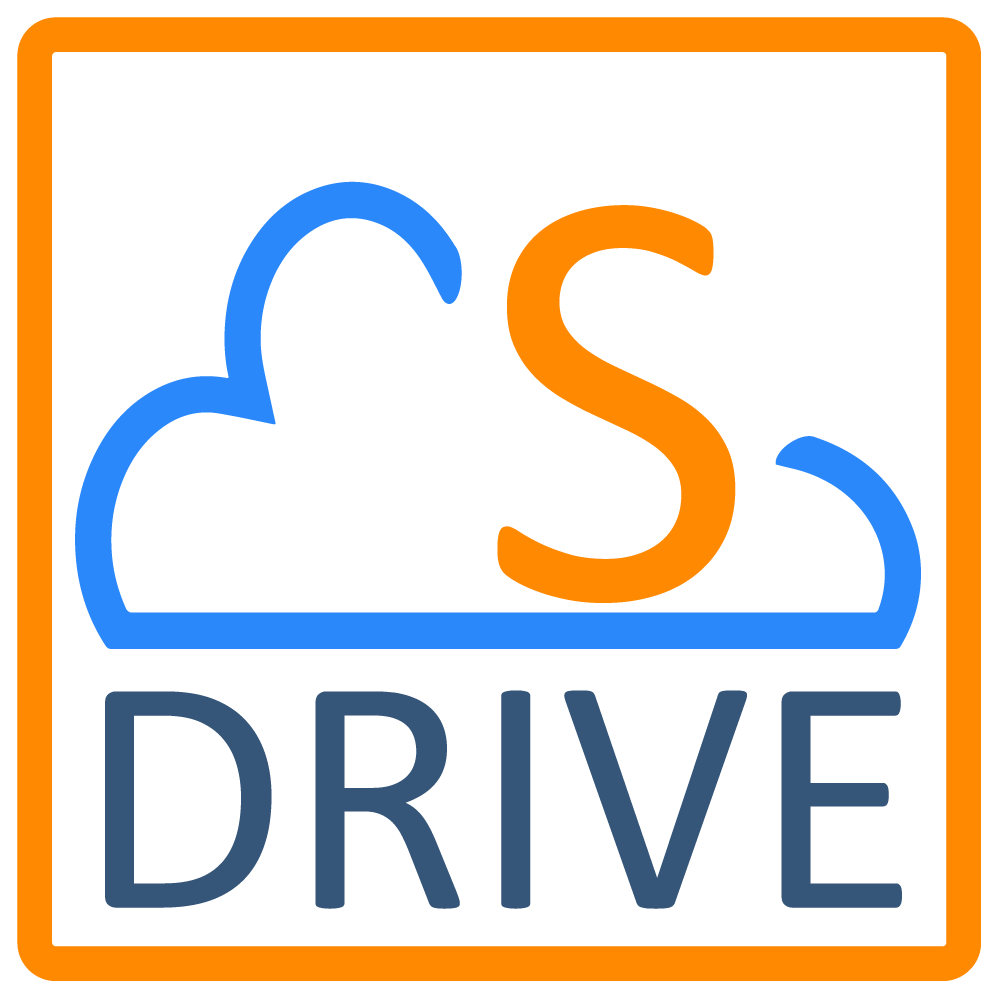Quick Start Guide
Installation
Go to "S-Drive Product Page" (https://sdriveapp.com). And click "Get S-Drive" button. Answer the questions, confirm the installation and click on "Install" button. After submitting your Salesforce.com password click Continue/Next until the UI asks you to choose security level. Click on "Grant access to all users" and click "Next" and click "Install". For detailed instructions refer to S-Drive Installation section.Activating S-Drive
Go to S-Drive Configuration from App Launcher. If it is not activated yet, page will be redirected to S-Drive Activation page. If Remote Site Settings are configured correctly, you need to complete "Step 2: Configure Amazon S3 Credentials", "Step 3: Configure Amazon S3 Bucket Name" and "Step 4: S-Drive Authorization" sections.For Step 2, you must have Amazon S3 Access Key and Secret Key information to use with S-Drive.
For Step 4, you need to create a free S-Drive account and authorize S-Drive to connect your organization at https://portal.sdriveapp.com
Displaying S-Drive Tab
For Salesforce Classic, go to "Setup" > "Personal Setup" -> "My Personal Information" -> "Change My Display". Click "Customize My Tabs" button. If you don't find the link, try "My Settings"> "Display & Layout"-> "Customize My Tabs". Select "Sales" from the "Custom App" drop down box. Move "S-Drive" from "Available Tabs" box to "Selected Tabs". Click "Save".
For Salesforce Lightning, go to "App Launcher", there will be a new App Card for "S-Drive", select it. S-Drive App opens in lightning experience with 3 tabs, which are "Home", "S-Drive" for S-Drive folders and "S-Drive Configuration" tab for configuration settings.Using S-Drive Tab (for files not associated with any object)
Go to S-Drive Tab in either Classic or Lightning. There you can upload files.Configuring out-of-the-box S-Drive attachments
Classic
S-Drive comes with preconfigured Account, Case, Contact, Opportunity attachments as overridden. If you want to use S-Drive Attachments on these objects, you can easily enable by following these steps:After installing and activating S-Drive, go to "Setup" -> "App Setup" -> "Customize" -> "Accounts" (or Cases, Contacts, Opportunities) -> "Button and Links"
Click "Edit" next to the "View" label.
Select "Override with" as "Visualforce Page" and select the correct bundled page (AccountFilePage for Accounts, CaseFilePage for Cases, ContactFilePage for Contacts, OpportunityFilePage for Opportunities) from the dropdown and click Save.
You should see the Account (or Case, Contact, Opportunity) Files section in your individual object pages' bottom section.
Lightning
S-Drive comes with global S-Drive component that can be used for any type of objects (Account, Case, or Custom Objects). You can easily add S-Drive Lightning component to any record page by following steps:On the any objects record page, (for example Account) click settings menu button ( ) on the top right. Select "Edit Page" option.
On the left side, under "Lightning Components" section > Custom > there is "SDrive" lightning component. Drag and drop the component to the record page wherever you want.
After component is added to record page on the right side, there will be attributes. Please fill these attributes correctly (Please check S-Drive Advanced User Guide to get detailed information).
Parent Object Name: Object name without prefix that own files (i.e. Account, MyCustomObject__c)
Object Namespace Prefix: If there is a prefix for parent object, you should put it here. (For Account it should be empty, for Custom object it should get you org prefix. i.e. for "cg_MyCustomObjectc" it will be "cg_")
File Object Name: Object name without prefix for files. (i.e. "AccountFile_c", "MyCustomObjectFile_c")
File Object Namespace Prefix:
If there is a prefix for parent object, you should put it here. (For Account it should be empty, for Custom object it should get you org prefix. i.e. for "cg_MyCustomObjectc" it will be "cg_")
Relationship Field Name: For Standart objects it is "[ObjectName]_r" (i.e. Accountr, Caser). For custom objects it is "Parent_r".
Default Sort Field Name: It can be object files any sortable field name with prefix. By default, it is "cg_File_Namec" assuming the usage of a managed package file object (please change this to "File_Name_c" if a custom file object is being used).
"Save" the record page using Save button on top right, then "Activate as Org Default" by clicking "Activation…" button right of it.

